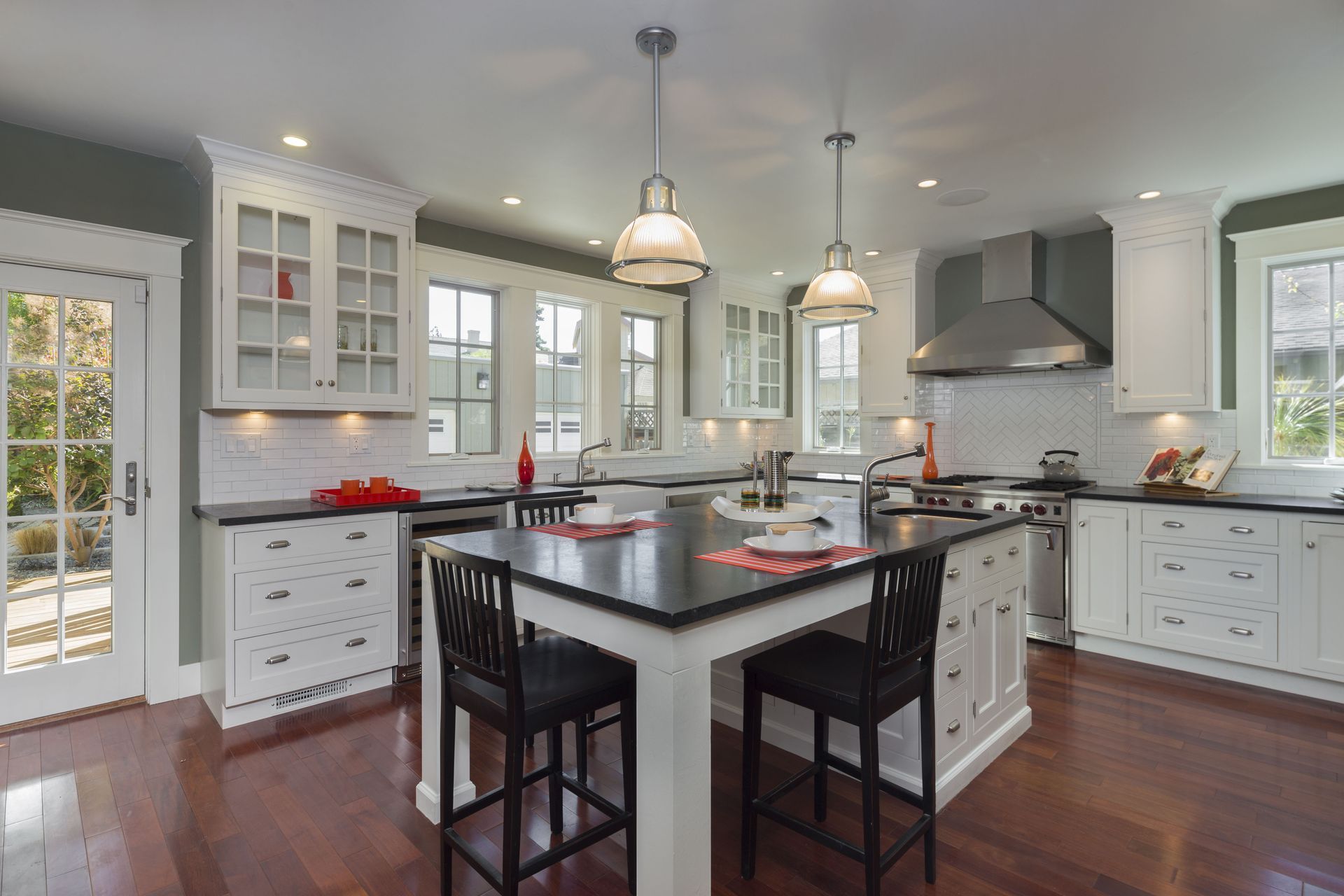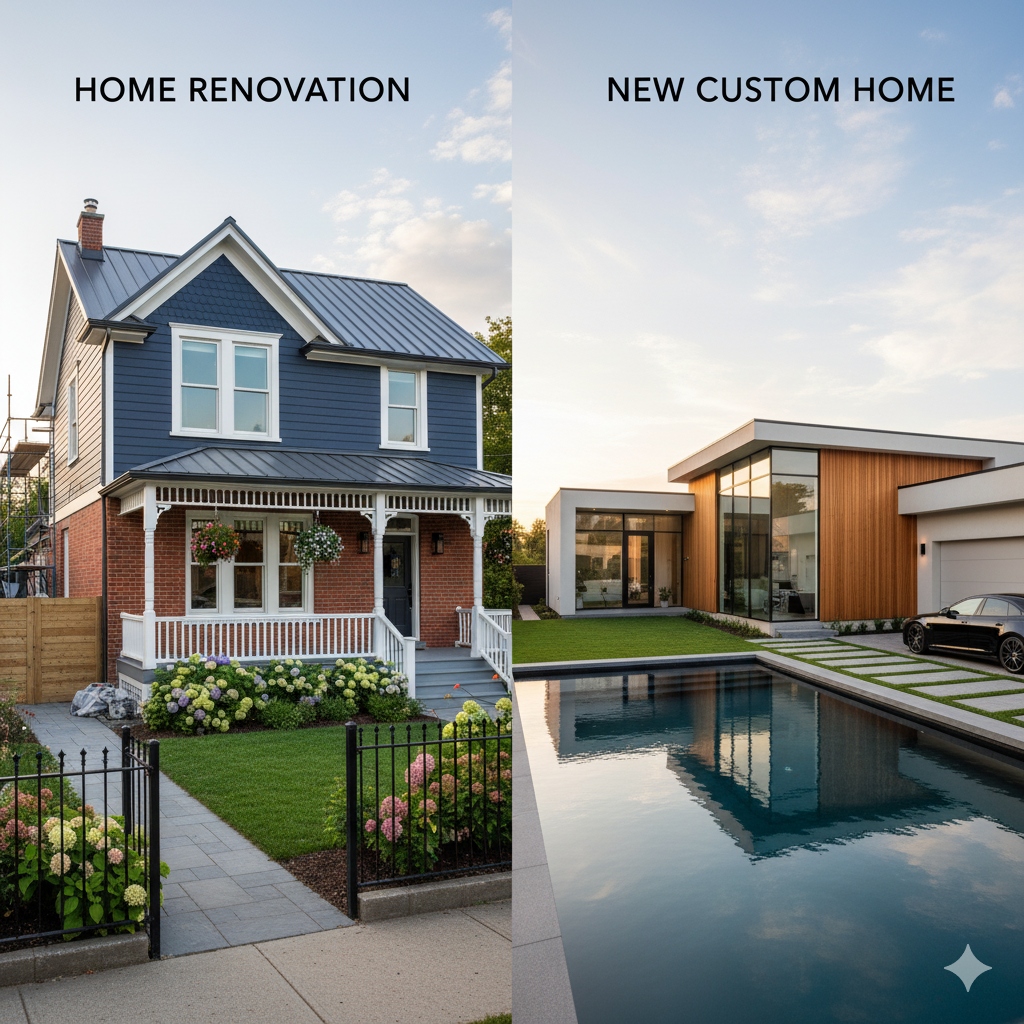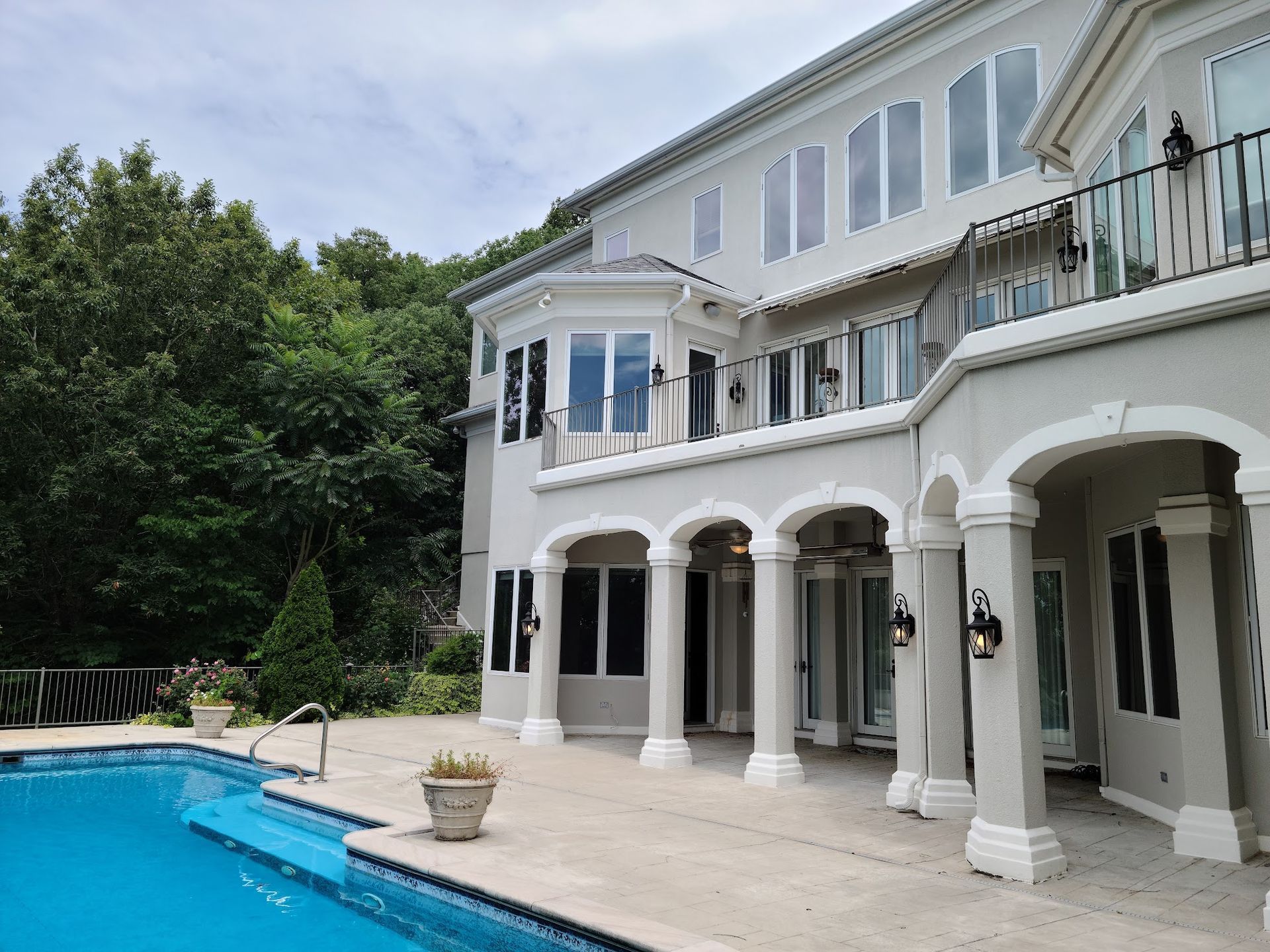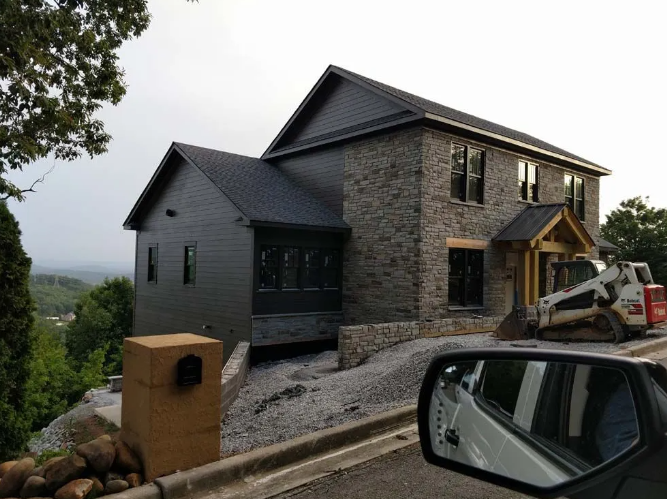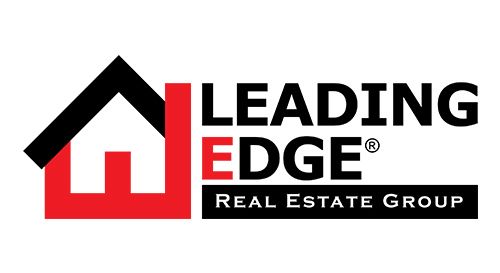May 22, 2025
Remodeling your kitchen and bathroom can significantly enhance the comfort, functionality, and value of your home. However, venturing into these kinds of home improvements requires careful financial planning. Without a proper budget, you risk overspending or failing to complete your projects as desired. That's not to say you don't want to change things up. According to Ruby Home, homeowners who've lived in their house longer than six years account for 60% of remodeling activity. In this guide, we'll explore strategic tips on how to effectively allocate your budget for your next remodeling venture.
Defining the Scope of Your Project
The first step in budgeting for your kitchen and bathroom remodeling project is determining the scope of work you want to undertake. Are you aiming for a full-scale revamp, or do you envision smaller updates that refresh the look and feel? Defining the scope will guide you in estimating costs accurately and prioritizing aspects where you are willing to either save or splurge. Consider creating a detailed list of the changes you wish to make, which will enable you to allocate portions of your budget more effectively.
Researching Costs and Setting Realistic Expectations
Next, conducting thorough research on your potential expenditures is crucial. Familiarize yourself with current market prices for both materials and labor within your area. Ruby Home reported that the median spending on home remodeling was $18K in 2021, which provides a useful benchmark for setting initial expectations. While this figure can vary significantly based on location and specific requirements, having a ballpark figure allows homeowners to evaluate what aligns with their financial capacity.
Preparing for the Unexpected with a Contingency Fund
Don't forget to set aside a contingency fund within your budget. Unplanned expenses are almost inevitable during remodeling projects, whether it's due to unforeseen structural issues or last-minute design changes. We've found that a common rule of thumb is to allocate at least 10-15% of the total budget to cover these surprises. By doing so, you protect yourself from financial strain and ensure that your project can proceed smoothly, even if minor hiccups occur.
Creating a well-thought-out budget is an essential part of any successful kitchen and bathroom remodeling project. It requires a clear understanding of your goals, diligent research of possible expenses, and a cushion for unexpected costs. By carefully planning your finances, you ensure that your remodeling project enhances your living space without compromising your financial well-being. Strategically managing your budget will not only make the process smoother but also more rewarding as you achieve your vision for your home. Be sure to reach out to Southern Family Home Builders today for more information on our professional kitchen and bathroom remodeling !
